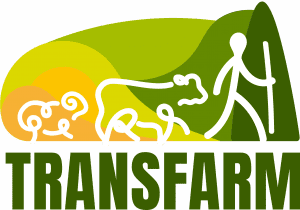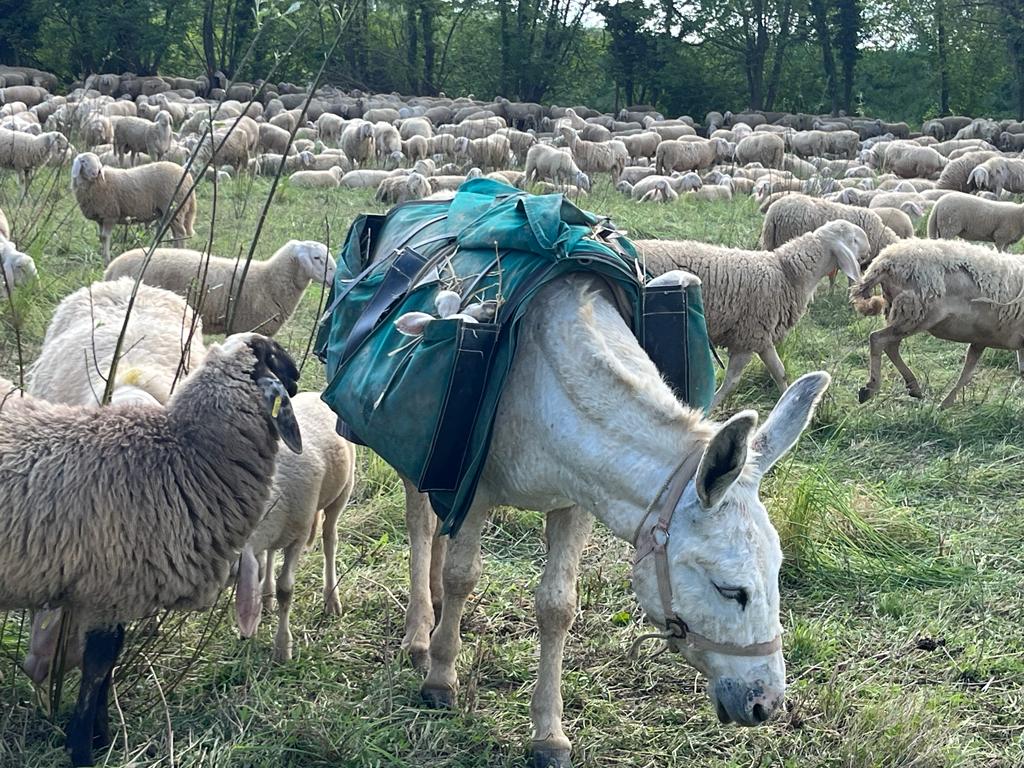Fabio Fornasa has been a shepherd for more than 40 years. He is one of the few transhumance practitioners who still use donkeys for transporting the newborn lambs. He gets help from Manuel, a young shepherd of 24 years. Fabio Fornasa currently lost access to two seasonal farms he rented in the past.



